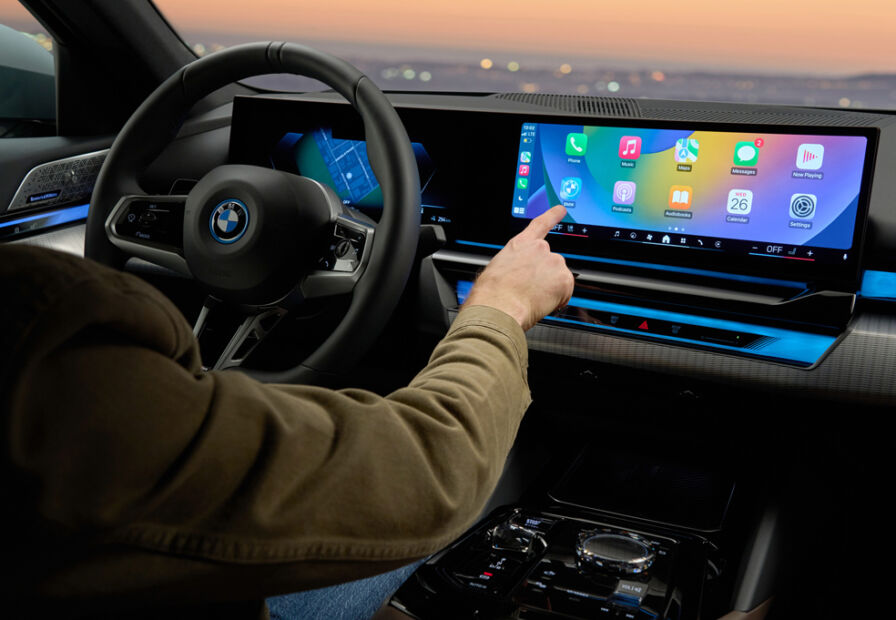Telematics subscribers to see 16% CAGR, says Berg
- June 26, 2023
- Steve Rogerson

The number of telematics service subscribers using embedded systems will see a CAGR of 16.1 per cent from 202m subscribers at the end of 2022 to 426m at the end of 2027, according to Berg Insight.
The market watcher forecasts that shipments of embedded car OEM telematics systems worldwide will grow from 50.3m units in 2022 to reach 77.3m in 2027, which represents an attach rate of 94 per cent at the end of the forecast period.
New passenger car and light truck registrations increased 0.3 per cent to 69.7m worldwide in 2022.
Performance was highly affected by the semiconductor shortage in several markets. Berg still anticipates high growth of OEM telematics subscribers in the next years as connected car services become ubiquitous in all major car markets.
Car makers are still experimenting with business models for connected car services as renewal rates for telematics subscriptions after the initial free period still remain relatively low. Competition and local regulations will likely lead to a growing number of brands offering free basic services such as safety and diagnostics for the lifetime of the vehicle.
Car makers are expected to offer connected car services through a modular sales approach where customers can order services individually and thus generate revenues on value-added services built on top of basic telematics services. Car makers have also begun selling premium features and enhancing car performance via OTA updates.
BMW for example offers a range of vehicle functions in the form of digital after-sales services in the Connected Drive store. Other car makers offering similar services include Tesla, Mercedes-Benz, Audi and Porsche.
The increasing adoption of the Android Auto operating system and Google Automotive Services (GAS) is a trend in the automotive industry and will likely have an effect on the connected car value chain in the future. Traditional vehicle-based platforms have also faced intense competition from portable and nomadic devices and have had a severe disadvantage in the longer development cycles.
“Connected car services have evolved from being a differentiating factor to a commodity,” said Martin Cederqvist, IoT analyst at Berg Insight. “To offer more attractive digital experiences, car makers increasingly focus on incorporating third-party apps into infotainment systems, providing access to the same apps that drivers have in their smartphones.”
Android Auto and Apple Carplay have been a way to incorporate third-party apps, but car makers are more focused on providing access to the apps directly through the car infotainment system, without the need for smartphone connectivity. The increasing adoption of GAS has been a popular mean to achieve this.
General Motors had more than 21m connected cars at the end of 2022 and BMW had about 20m connected cars. Toyota, Stellantis and Volkswagen make up the remaining top five car makers in terms of embedded OEM telematics subscribers.
“As many volume brands now offer connected services for free in their main markets it is expected that such players will constitute a large part of the growth of connected car subscriptions in the coming years,” said Cederqvist.
Additional automotive OEMs with more than 10m active connected cars at the end of 2022 include Ford, Mercedes-Benz and Hyundai.





